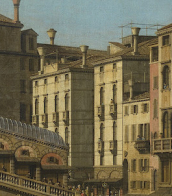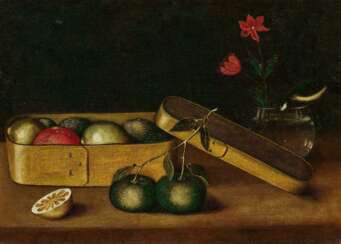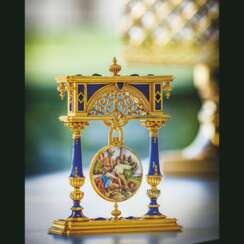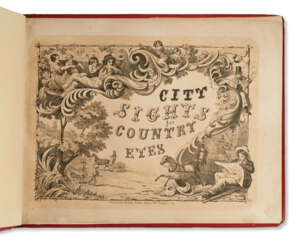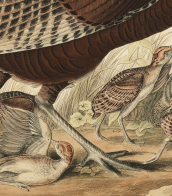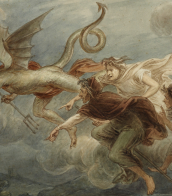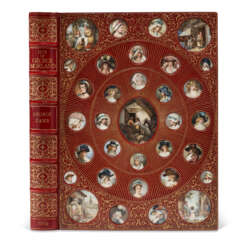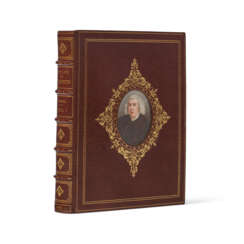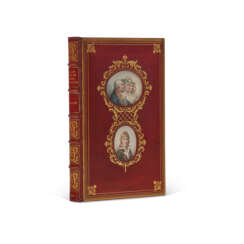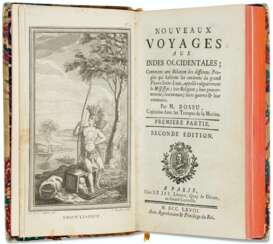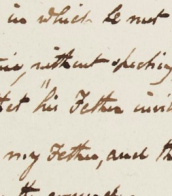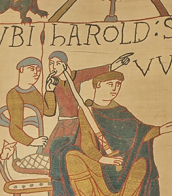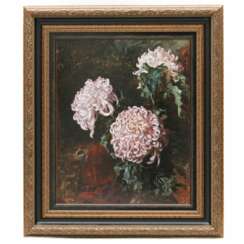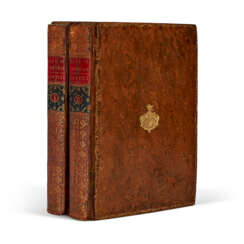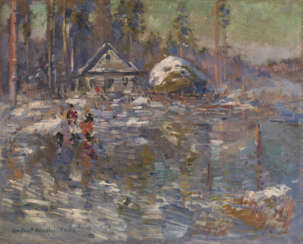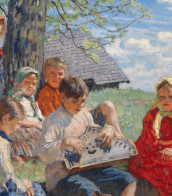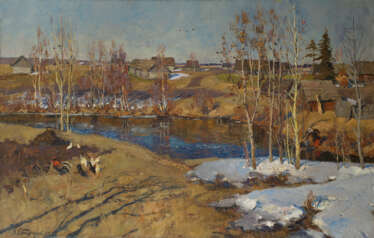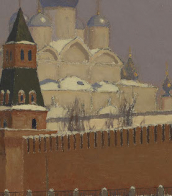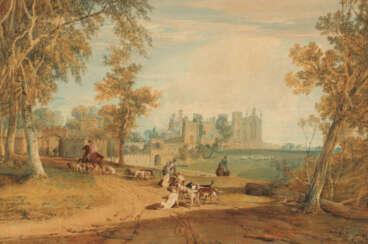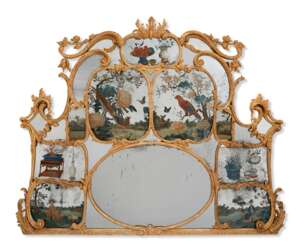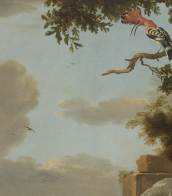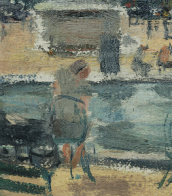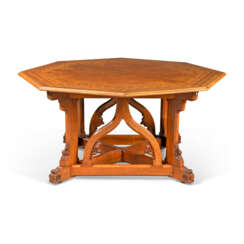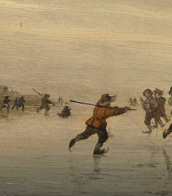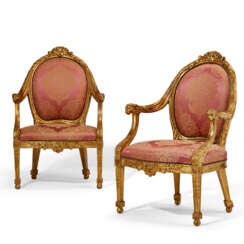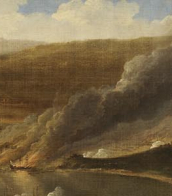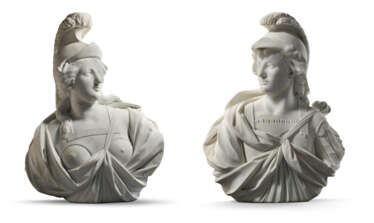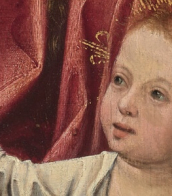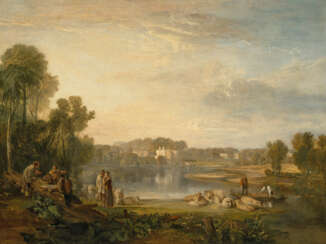country life
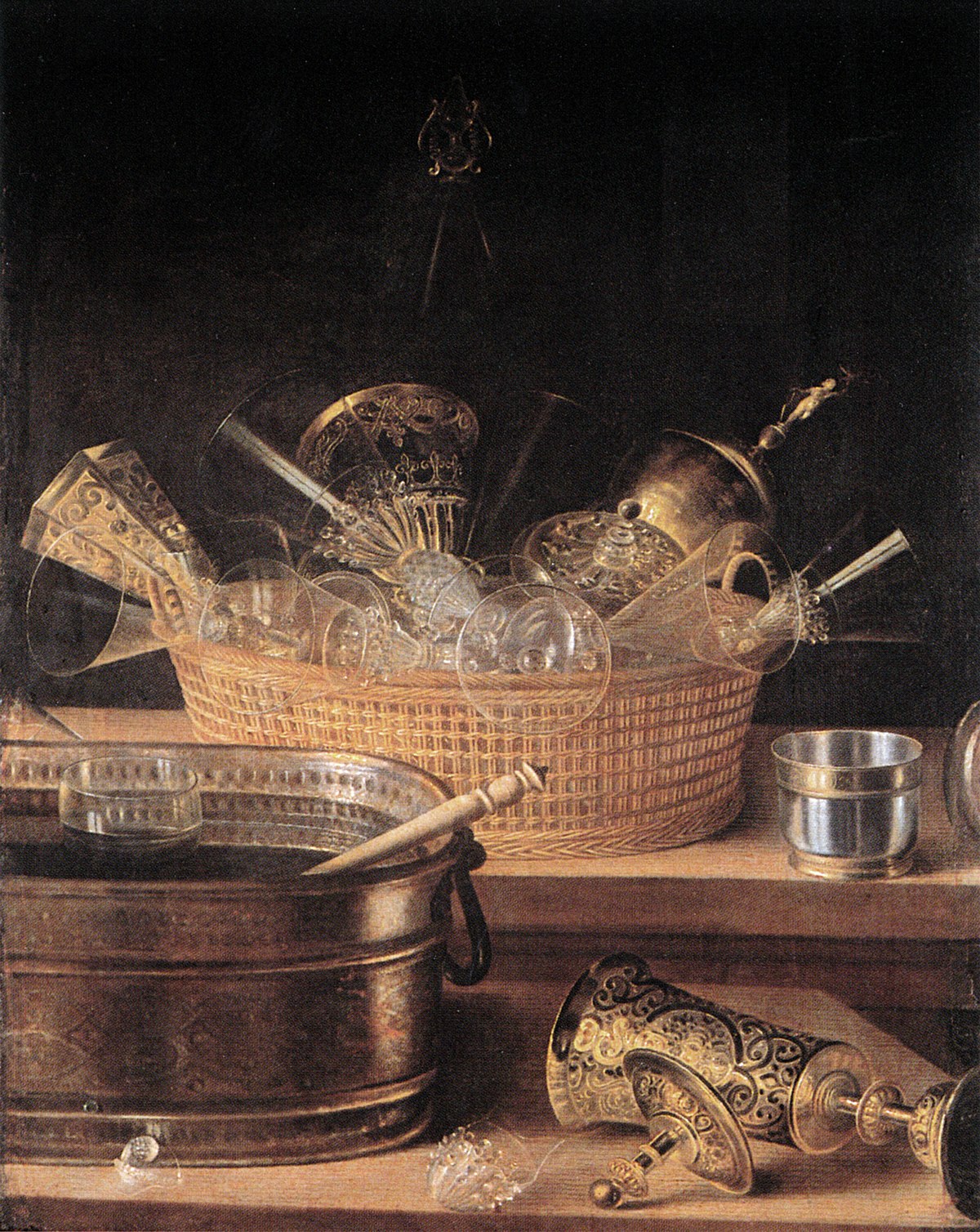
Sebastian Stoskopff was an Alsatian painter. He is considered one of the most important German still life painters of his time. His works, which were rediscovered after 1930, portray goblets, cups and especially glasses. The reduction to a few objects, which is characteristic of early still life painting, can again be recognized in Stoskopff's painting. His chief works hang in his hometown of Strasbourg, but some of the world's most important art museums (the MET, the Louvre, the KHM, the Gemäldegalerie) own paintings by Stoskopff as well.
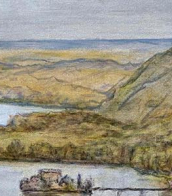
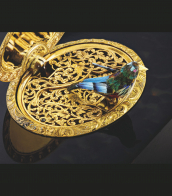
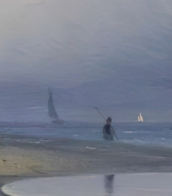
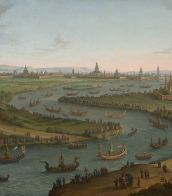
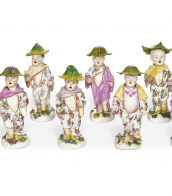

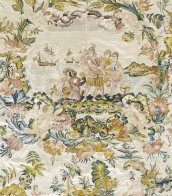
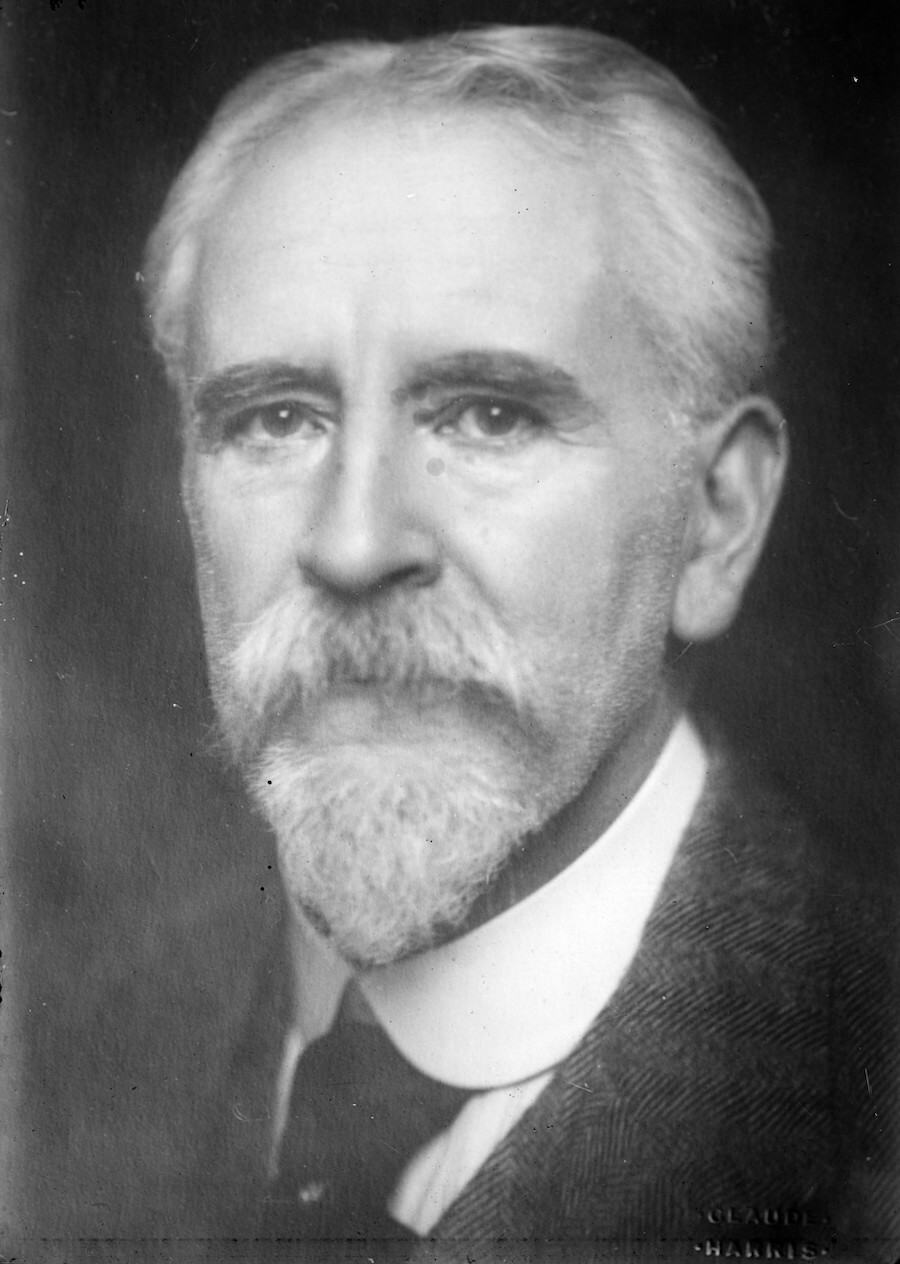
Francis Bernard Dicksee was an eminent English painter and illustrator, celebrated for his dramatic portrayals of historical, literary, and legendary themes. Born into an artistic family in 1853, Dicksee received his early education in art from his father, Thomas Dicksee, a renowned painter himself. His proficiency in art was evident from a young age, leading to his enrollment at the Royal Academy Schools at the tender age of 17.
Dicksee's works are characterized by their romantic flair and vivid storytelling. He masterfully blended color, emotion, and detailed historical settings to create captivating scenes. His most notable works include "The Funeral of a Viking" (1893), housed at the Manchester Art Gallery, and "The Two Crowns" (1900), celebrated for its striking medieval pageantry. These paintings, along with others like "Romeo and Juliet" (1884) and "Chivalry" (1885), exemplify his skill in romantic and historical portrayals.
Throughout his career, Dicksee remained true to his Victorian roots, often expressing skepticism towards modernism in art. His dedication to traditional artistic values led to his election as the President of the Royal Academy in 1924, a position that reflected his standing and contributions to the art world. Despite his reservations about modern artistic trends, Dicksee's work continued to resonate with audiences, cementing his legacy as a quintessential Victorian artist.
Dicksee's influence extended beyond the canvas; his paintings like "The Funeral of a Viking" found a place in popular culture, being used as album covers by bands like Bathory. His comprehensive portfolio, documented by Simon Toll in a 2016 publication, reveals a rich tapestry of portraits, historical scenes, and romantic depictions, offering a window into the Victorian era's artistic sensibilities.
For art collectors and enthusiasts, Dicksee's work represents a significant chapter in the history of English painting. His paintings, often featuring dramatic and emotional scenes, are not just artistic masterpieces but also historical documents that capture the essence of an era.
To stay informed about new discoveries and sales related to Francis Bernard Dicksee's works, sign up for updates. This subscription is an excellent resource for collectors and art experts, providing timely information on auction events and product sales related to this influential artist.
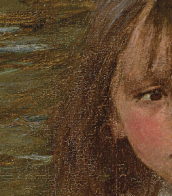

Joseph Mallord William Turner, a seminal figure in British painting, was born in 1775 and left an indelible mark on the Romantic movement. Known for his expressive coloration, imaginative landscapes, and turbulent marine paintings, Turner's work transcends the traditional boundaries of art to capture the sublime force of nature. His career was distinguished by early talent, evidenced by his acceptance into the Royal Academy at the young age of 14, and a prolific output that included over 2,000 paintings and 19,000 drawings and sketches.
William Turner's unique approach to landscape painting, characterized by dramatic skies and atmospheric effects, set a new standard for capturing mood and emotion on canvas. His innovative use of light and color influenced countless artists, elevating landscape painting to rival the status of history painting. Turner's legacy is also marked by his eccentricity and reclusiveness, traits that only added to the mystique surrounding his artistic genius.
Among his most famous works are "The Fighting Temeraire," symbolizing the passing of the old world, and "Rain, Steam and Speed," capturing the Industrial Revolution's impact. These paintings not only showcase William Turner's technical skill but also his philosophical engagement with the changing world around him.
For collectors and experts in art and antiques, William Turner's works represent the pinnacle of Romantic art, offering insight into the 19th-century aesthetic and philosophical landscape. His influence on subsequent generations of artists underscores his position as a pivotal figure in the history of Western art.
To stay informed about Joseph Mallord William Turner's works and related events, signing up for updates from reputable art institutions can provide valuable insights into new discoveries and auction events related to this master of the British landscape.
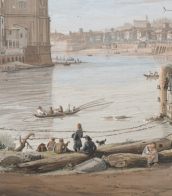

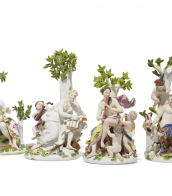

Joseph Mallord William Turner, a seminal figure in British painting, was born in 1775 and left an indelible mark on the Romantic movement. Known for his expressive coloration, imaginative landscapes, and turbulent marine paintings, Turner's work transcends the traditional boundaries of art to capture the sublime force of nature. His career was distinguished by early talent, evidenced by his acceptance into the Royal Academy at the young age of 14, and a prolific output that included over 2,000 paintings and 19,000 drawings and sketches.
William Turner's unique approach to landscape painting, characterized by dramatic skies and atmospheric effects, set a new standard for capturing mood and emotion on canvas. His innovative use of light and color influenced countless artists, elevating landscape painting to rival the status of history painting. Turner's legacy is also marked by his eccentricity and reclusiveness, traits that only added to the mystique surrounding his artistic genius.
Among his most famous works are "The Fighting Temeraire," symbolizing the passing of the old world, and "Rain, Steam and Speed," capturing the Industrial Revolution's impact. These paintings not only showcase William Turner's technical skill but also his philosophical engagement with the changing world around him.
For collectors and experts in art and antiques, William Turner's works represent the pinnacle of Romantic art, offering insight into the 19th-century aesthetic and philosophical landscape. His influence on subsequent generations of artists underscores his position as a pivotal figure in the history of Western art.
To stay informed about Joseph Mallord William Turner's works and related events, signing up for updates from reputable art institutions can provide valuable insights into new discoveries and auction events related to this master of the British landscape.
